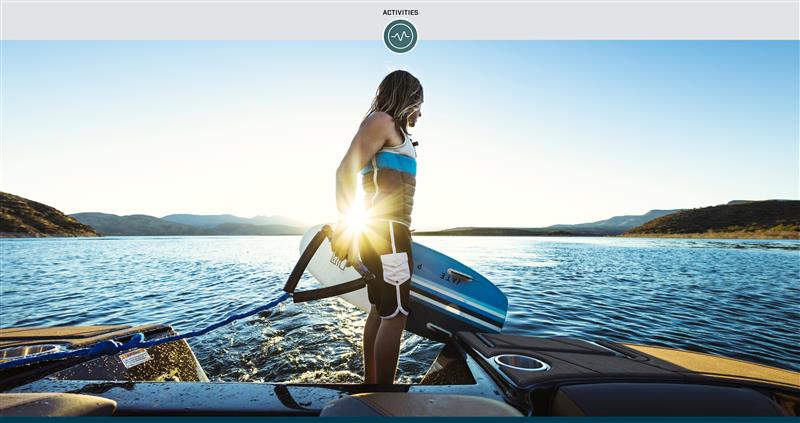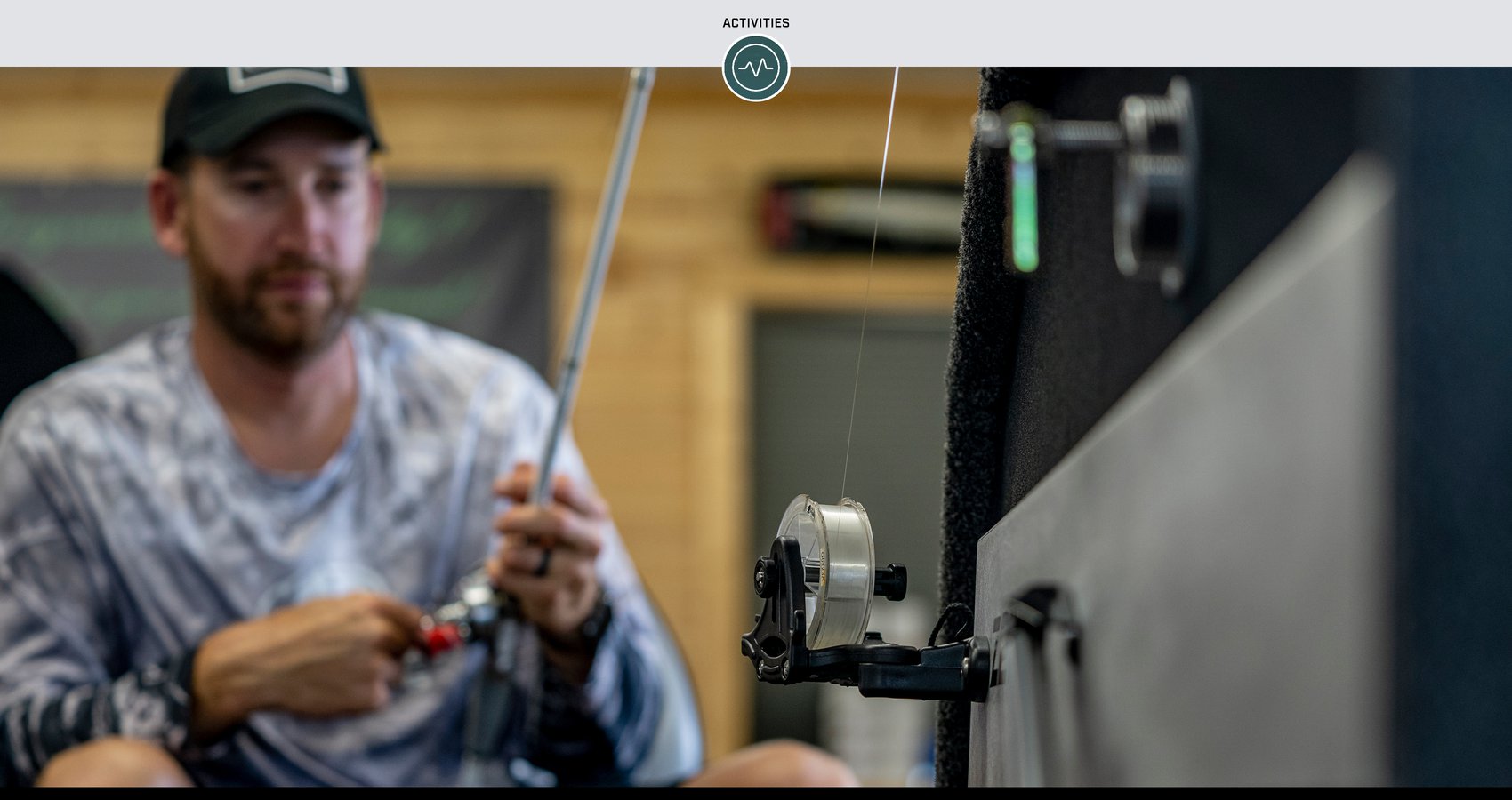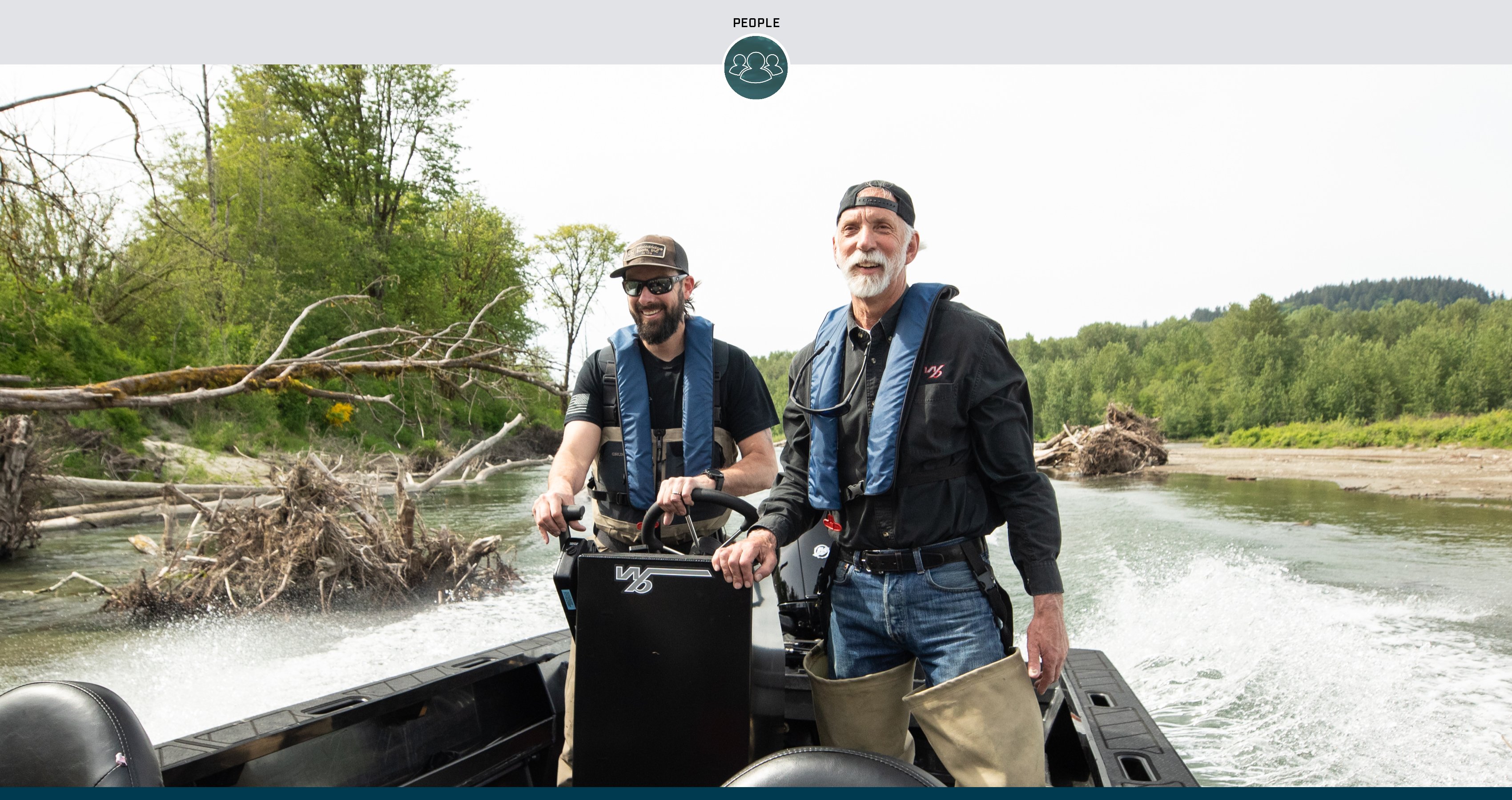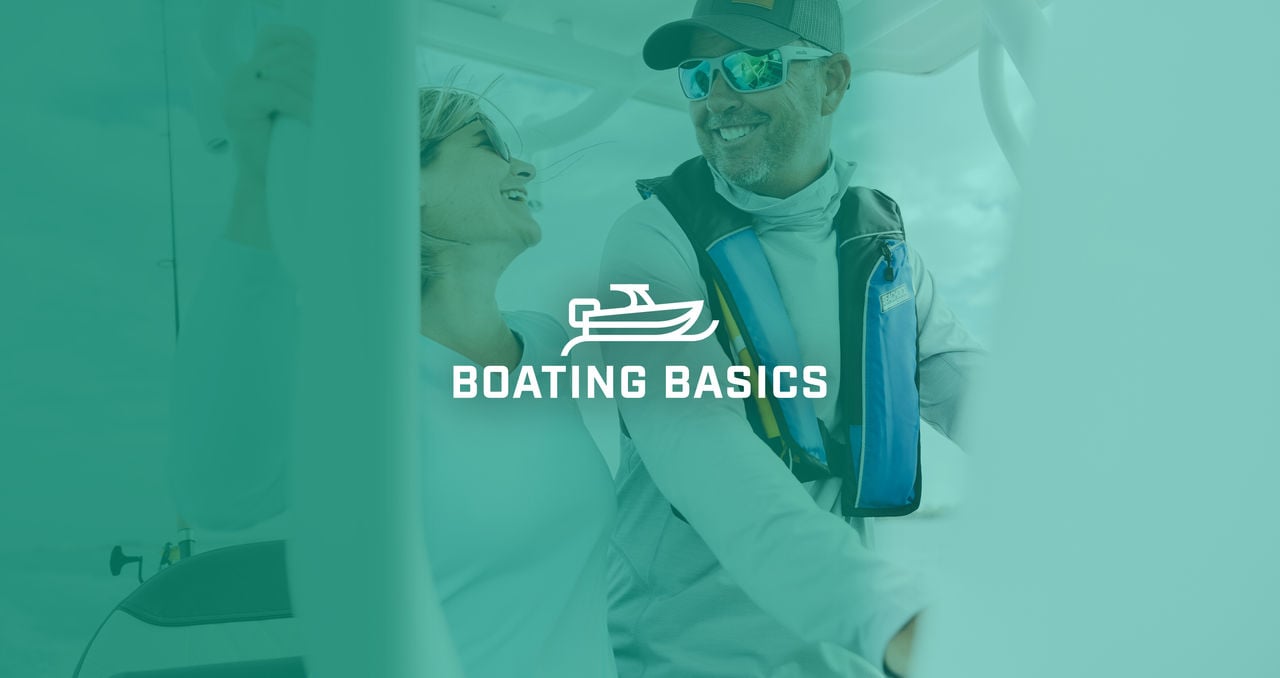If you are new to boating, the “Boating Basics” series of videos from Mercury Marine provides an engaging, educational guide to our favorite pastime that will help you gain confidence on the water. Even if you are an experienced boater, you might pick up a few tips!
To become a confident boat driver, it’s important to know the parts of a boat and how they operate. The “Basic Operation” videos below provide you with a visual orientation and prepare you for in-person practice sessions on the water, whether you boat in freshwater or saltwater.
The boating lifestyle comes with a whole new vocabulary. Do you know bow from stern and port from starboard? The videos will show you which is which. The hosts also provide a handy tip for remembering: “Port” refers to “left,” and each has four letters. “Starboard” and “right” both have more than four letters.
The helm station is the boat’s control center. Every time you “take the helm” to drive a boat, start by connecting the tether from the engine cutoff switch, also called an emergency stop switch or “kill switch,” to your life jacket, belt or other item of clothing. In the unlikely event you should be pulled or thrown from the helm, the cutoff switch will stop the boat’s engine. Connecting the tether every time you put the boat in gear is basic boating safety, and on many boats it’s required by law for operating above displacement speed.
One of the most important parts of the boat to get accustomed to is the engine control handle. You use it to put the engine into gear and shift into forward, neutral or reverse. Remember, a boat doesn’t have brakes. Learning to shift and reverse course early enough to stop momentum and change direction is necessary to control the boat around obstacles. As you operate the control handle, you will feel a click or bump that lets you know when you have shifted into your intended gear. You also can use the handle to increase or reduce throttle, controlling the boat’s speed. A button on the side of the control handle operates the engine trim and tilt mechanism, trimming it in and out, or tilting it up and down.
When you practice all this in person, be sure to take it slowly at first. Steering a boat is different than steering a car, although most boats do have steering wheels. You turn the wheel to change the boat’s direction while using the control handle to give the boat power.
If you should have to turn sharply to avoid another boat or obstacle, start by telling your passengers to hold on. Turn the wheel in the direction you want the boat to go, then increase the throttle to help the boat power through the turn. As you come out of the turn, pull the throttle back to resume your original speed. Remember, small adjustments on the wheel will have major effects at speed.
Once you are familiar with the boat’s basic operation, it’s time to go out on the water to practice. Try to find an uncrowded, open body of water where you can learn how your boat reacts to your controls. Practice using the control handle to shift gears and increase and decrease the throttle – being sure to obey any posted speed limits. Start off moving slowly and make turns at varying speeds to see how the boat responds.
The more you practice these basic boat operations, the better you will get. It won’t be long before you have the confidence to Go Boldly into your next boating adventure.
To learn more, please view the Saltwater and Freshwater Boating Basics: Basic Operation videos below:



